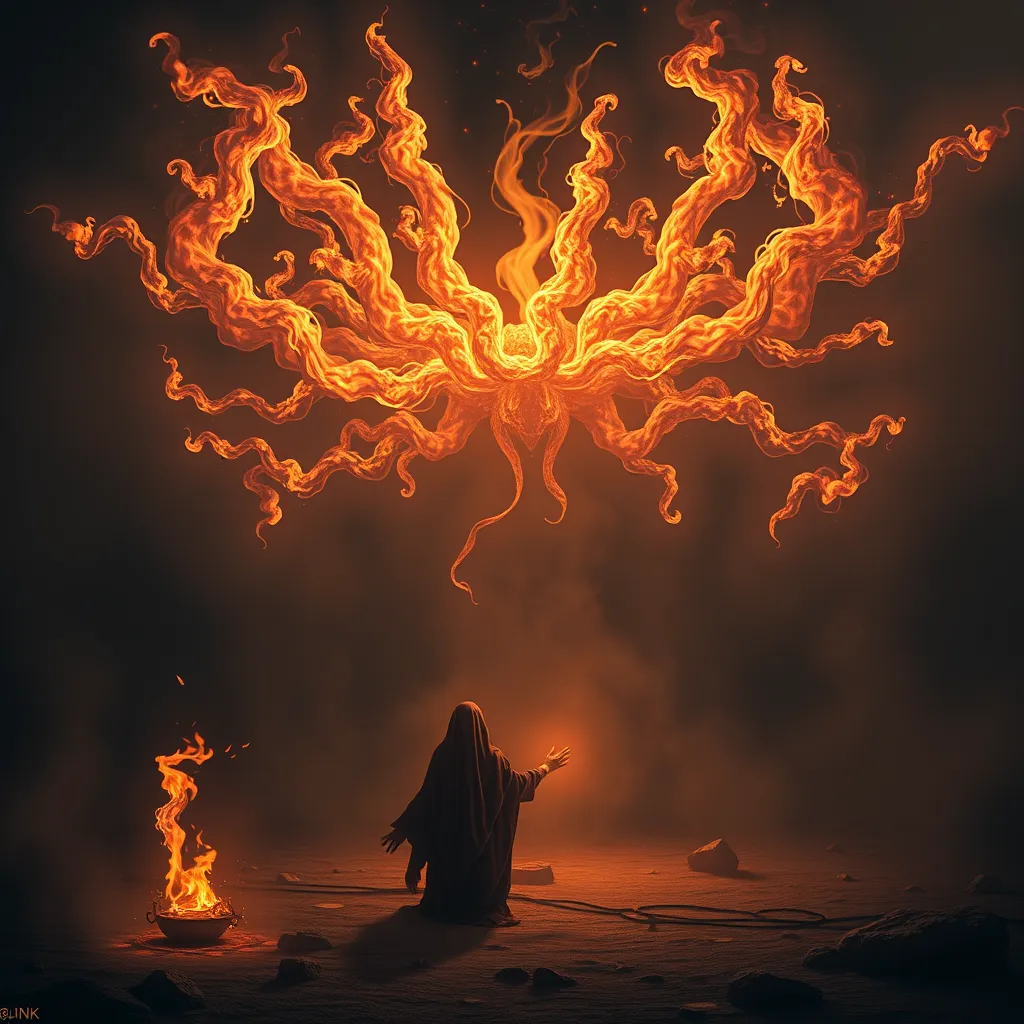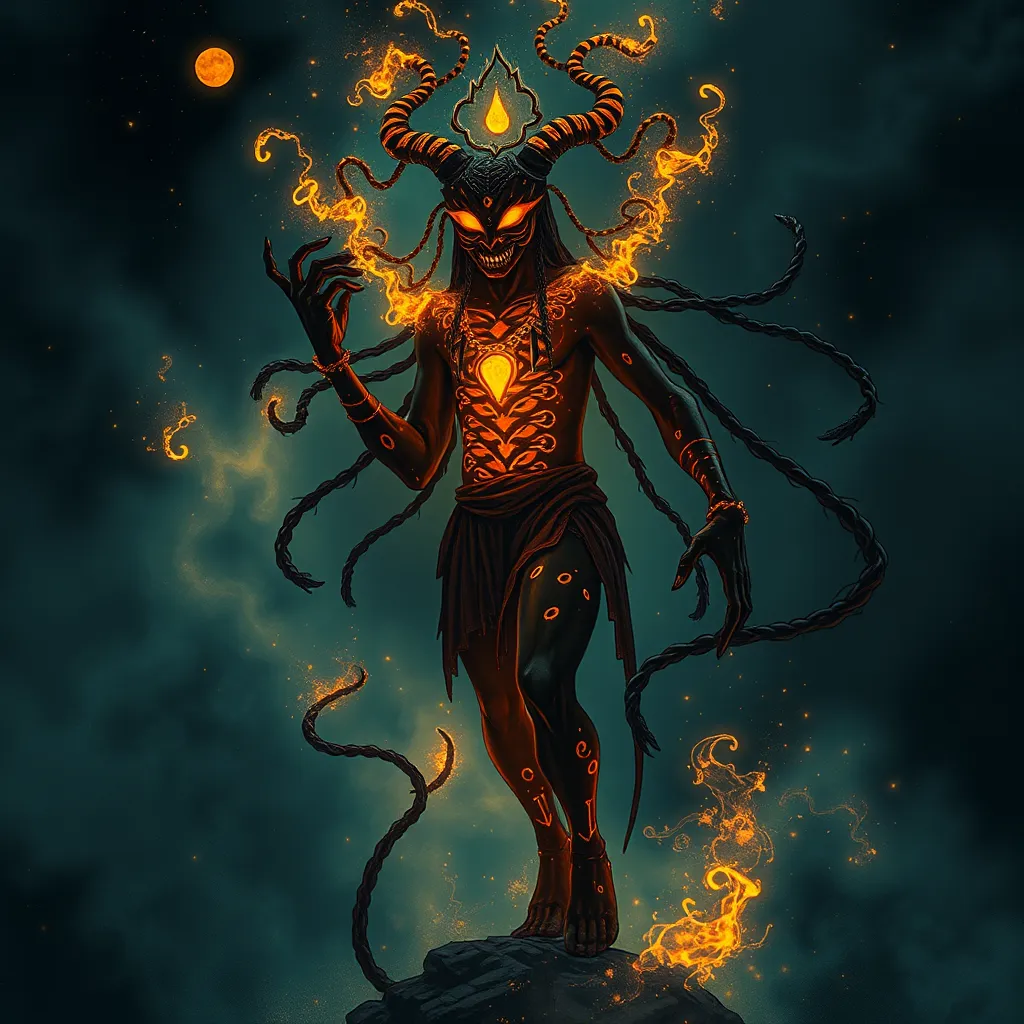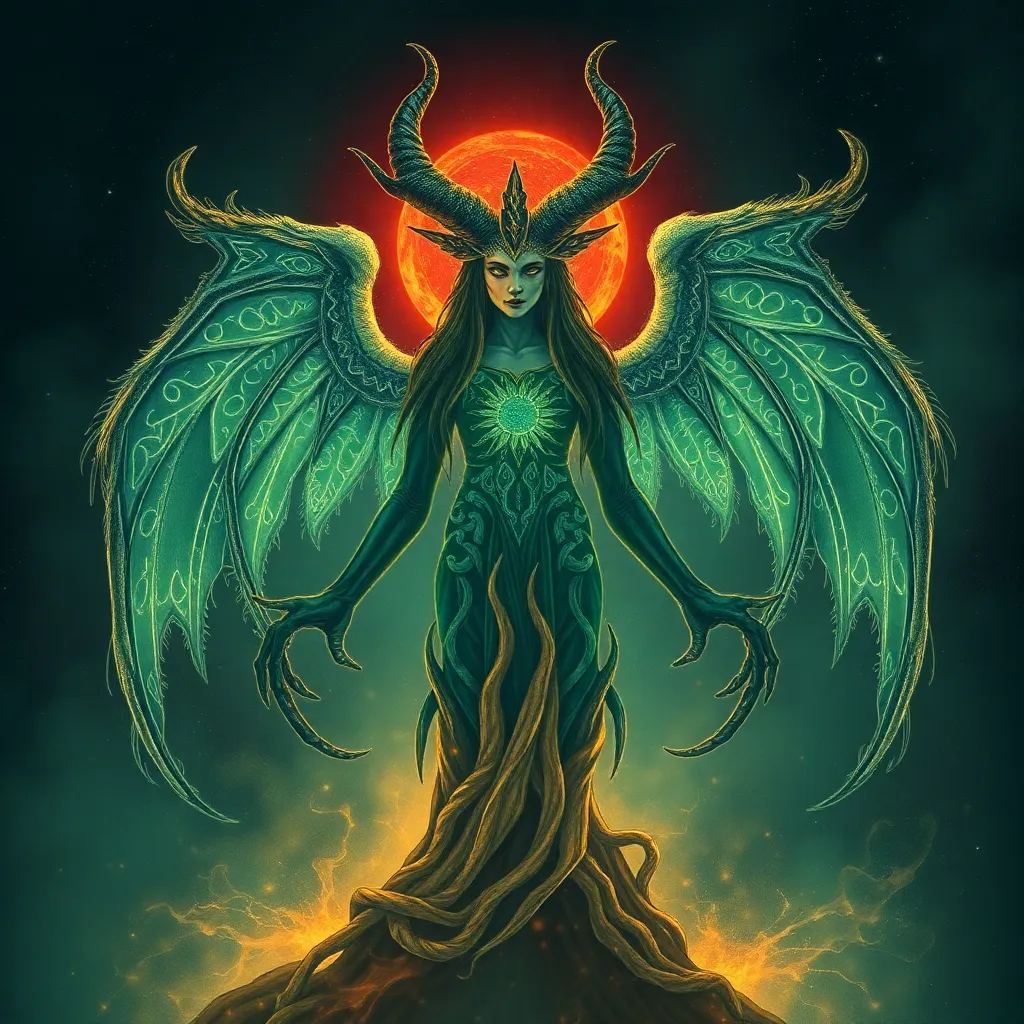The Whispering Mountains: Tales of Himalayan Spirits and Monsters
I. Introduction
The Himalayan region, often referred to as the ‘Roof of the World’, boasts some of the most stunning landscapes on Earth. Stretching across five countries—India, Nepal, Bhutan, China, and Pakistan—this vast mountain range is not only a natural wonder but also a cradle of rich cultural heritage. Within its lofty peaks and deep valleys, tales of folklore and mythology have flourished for centuries, shaping the beliefs and traditions of the local populations.
Folklore and mythology in Himalayan culture hold significant importance as they provide insight into the spiritual and moral fabric of the communities. These stories, often passed down through generations, weave a tapestry of human experience with the natural world, illustrating the reverence for nature and the supernatural. This article aims to explore the captivating tales of spirits and monsters that inhabit the Whispering Mountains, delving into their origins, significance, and the lessons they impart.
II. The Geography of the Whispering Mountains
The Himalayan landscape is characterized by its majestic snow-capped peaks, lush valleys, and diverse ecosystems. Home to the world’s highest mountain, Mount Everest, the region is a geographical marvel that attracts adventurers and spiritual seekers alike. The rugged terrain, with its towering cliffs and serene lakes, creates an atmosphere that feels both enchanting and mysterious.
Culturally and spiritually, the mountains are revered as sacred spaces. They are seen as the abode of gods and the guardians of ancient wisdom. Local communities often engage in rituals and worship that honor the spirits believed to inhabit these majestic heights. The geography of the Himalayas is intrinsically linked to its folklore; natural features such as rivers, rocks, and forests often serve as backdrops for myths and legends.
III. Spirits of the Himalayas: Guardians of the Peaks
In the heart of Himalayan culture lies a pantheon of deities and spirits, each revered for their unique powers and roles. These spirits are not merely figments of imagination; they embody the essence of nature and its forces. They serve as guardians of the mountains, watching over the land and its inhabitants.
- The Yeti: Perhaps the most famous of Himalayan spirits, the Yeti, or Abominable Snowman, is often depicted as a large, ape-like creature that roams the snowy slopes.
- Khangchendzonga: The third highest mountain in the world, Khangchendzonga is considered a deity by the Sikkimese people, who believe it protects the region.
- Other Local Spirits: Many villages have their own protective deities, such as the household gods and spirits of the forests, which are invoked during various rituals.
These spirits play crucial roles in local traditions and rituals, often being called upon for blessings during significant events like weddings, harvests, and during times of distress.
IV. The Legend of the Yeti: The Abominable Snowman
The Yeti has captivated the imagination of many, leading to numerous historical accounts and sightings. First introduced to the Western world in the early 20th century, this mythical creature has been the subject of exploration and fascination.
In popular culture, the Yeti has evolved into a symbol of the unknown and the wild, appearing in films, literature, and even as a mascot for various brands. Its portrayal often oscillates between a fearsome monster and a misunderstood creature, reflecting society’s ambivalence towards nature.
Scientific perspectives on the Yeti range from skepticism to attempts to link it to known species, such as bears or other large mammals. However, the allure of the Yeti remains firmly rooted in folklore, with many locals sharing anecdotes of encounters that blur the line between reality and myth.
V. Monsters of the Mountains: Tales of Terror and Wonder
While the Yeti steals the spotlight, the Himalayas are home to a plethora of lesser-known mountain monsters that add depth to its folklore. These creatures often embody the fears and morals of the communities, serving as cautionary tales for young and old alike.
- Gorakhnath: A powerful yogi who has the ability to control the elements, Gorakhnath is feared by some and revered by others. Tales of his wrath serve as warnings against disrespecting nature.
- The Kasa: A water spirit that is said to lure travelers to their doom, teaching the importance of caution near rivers and lakes.
- Churails: Ghostly beings believed to be the spirits of women who died during childbirth, they are often depicted as vengeful and serve as a reminder of the perils of neglecting maternal health.
These monsters play a significant role in moral and cautionary tales, helping to instill values and respect for the environment within the community.
VI. The Intersection of Nature and Mythology
The relationship between natural phenomena and spiritual beliefs in the Himalayas is profound. The region’s dramatic weather patterns, geological formations, and diverse wildlife have inspired countless myths and legends.
For instance, many mountain peaks are regarded as sacred, and their presence often influences local spiritual practices. The behavior of wildlife, such as the migration of certain animals, is interpreted through the lens of folklore, intertwining natural events with cultural narratives.
However, environmental changes, such as climate change and deforestation, threaten these age-old stories. As landscapes alter and species disappear, the cultural narratives tied to them may also fade, challenging the preservation of this rich folklore.
VII. Modern Perspectives: Folklore in Contemporary Culture
In recent years, there has been a resurgence of interest in Himalayan folklore. This revival is fueled by globalization and the media, which have brought these ancient tales to a broader audience.
Documentaries, books, and online platforms have played a crucial role in sharing these stories, while local communities engage in preservation efforts. Cultural heritage initiatives aim to document and pass down these narratives, ensuring their survival in an increasingly modern world.
Through art, literature, and performance, contemporary interpretations of these tales continue to evolve, bridging the gap between tradition and modernity.
VIII. Conclusion
The tales of Himalayan spirits and monsters are more than mere fables; they are a testament to the deep connection between humans and nature. As the Whispering Mountains continue to inspire awe and reverence, it is crucial to preserve these stories for future generations.
The enduring legacy of these spirits and monsters enriches our understanding of the world, inviting us to explore and respect the local folklore that shapes identity and culture in the Himalayas. By embracing these narratives, we not only honor the past but also foster a greater appreciation for the mystical beauty of the mountains.



